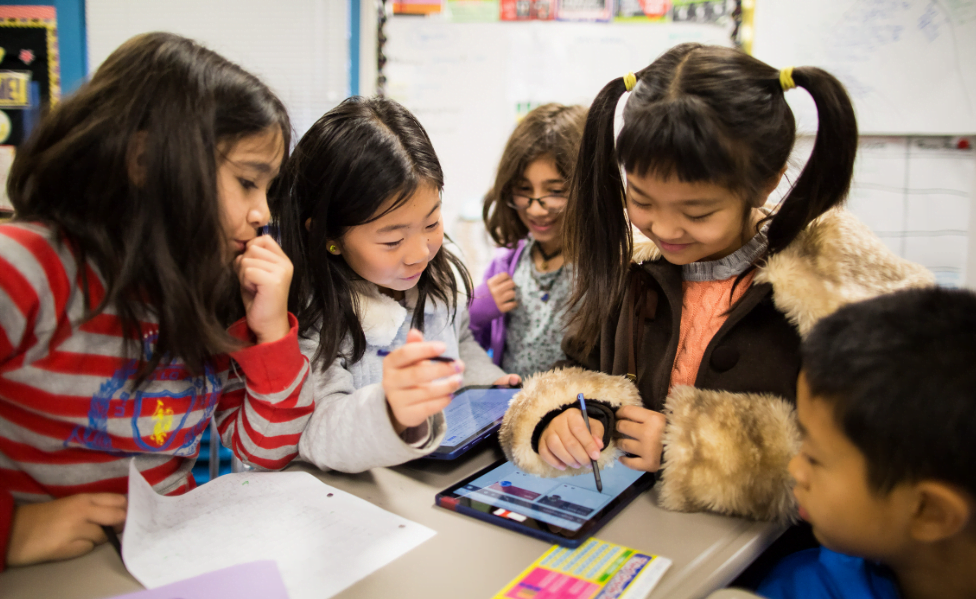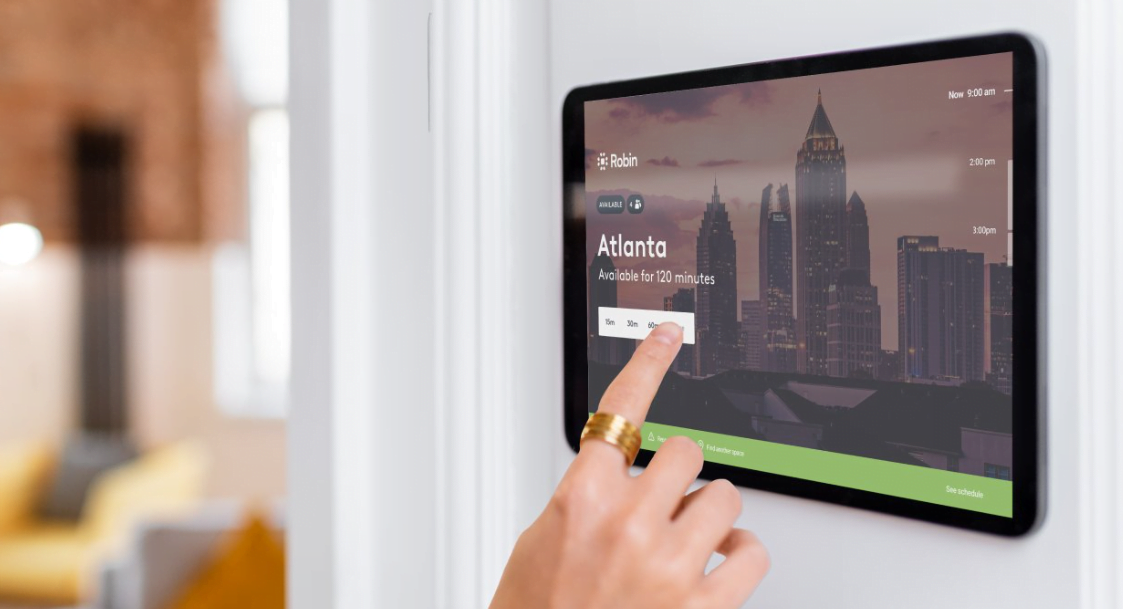governments around the world have initiated a trend that has significantly impacted education and digital inclusion—the distribution of free tablets to students. This article delves into the motivations and benefits behind this widespread initiative and explores the positive impact it has on education and society as a whole.
Tablets have emerged as a pivotal tool, seamlessly blending the functionalities of smartphones and laptops, impacting our daily lives significantly. They offer access to online education, job opportunities, and a vast world of entertainment. The exciting part? You can acquire these tablets at no cost, courtesy of government initiatives.
Governments worldwide have launched programs, such as the Affordable Connectivity Program and the Lifeline Assistance Program, which provide free tablets to low-income individuals and families. These initiatives are designed to address digital inequality. If you’re curious about how to obtain a free government tablet, read on.
Table of Contents
- 1 why is the government giving out free tablets
- 2 Eligibility for Free Government Tablets
- 3 Affordable Connectivity Program (ACP)
- 4 FCC Lifeline Assistance Program
- 5 Eligibility Criteria for ACP and Lifeline
- 6 How to Apply for a Free Tablet from the Government
- 7 Documents Required for Free Tablet Applications
- 8 Service Providers Offering Free Government Tablets
- 9 Non-Profit Organizations Providing Free Tablets
- 10 Frequently Asked Questions
why is the government giving out free tablets
There are a few reasons why the government might give out free tablets. Some of the most common reasons include:
- To bridge the digital divide. The digital divide is the gap between people who have access to the internet and technology, and those who don’t. People who lack access to the internet and technology are at a disadvantage in many areas of their lives, including education, employment, and healthcare. By giving out free tablets, the government can help to bridge the digital divide and ensure that everyone has access to the opportunities that technology offers.
- To support education. Tablets can be a valuable tool for students of all ages. They can be used to access educational resources, take notes, complete assignments, and collaborate with classmates. By giving out free tablets to students, the government can help to improve educational outcomes and prepare students for success in the 21st century economy.
- To assist specific populations. The government may also offer free tablets to specific populations, such as low-income families, seniors, or people with disabilities. This can help to ensure that these populations have access to the resources and services they need to thrive.
In addition to these specific reasons, the government may also give out free tablets as part of a broader effort to promote digital literacy and economic development. By providing everyone with access to technology, the government can help to create a more educated and productive workforce.
Here are some specific examples of government programs that give out free tablets:
- In the United States, the Federal Communications Commission (FCC) offers a program called Lifeline that provides free or discounted phone and internet service to low-income households. Some Lifeline providers also offer free tablets to eligible customers.
- In the United Kingdom, the government offers a program called Get Online @ the Library that provides free or low-cost internet access and digital skills training at public libraries. Some Get Online @ the Library locations also offer free tablets to eligible patrons.
- In India, the government offers a program called Digital India that aims to make India a digitally empowered society. As part of this program, the government has distributed millions of free tablets and smartphones to students, seniors, and other eligible citizens.
These are just a few examples of the many government programs that offer free tablets. If you are interested in getting a free tablet, you should contact your local government or library to see if there are any programs available in your area.
Access to Quality Education
One of the primary reasons behind the government’s initiative to provide free tablets is to ensure that every student, regardless of their socioeconomic background, has equal access to quality education. Tablets serve as a powerful tool that can bridge the digital divide by granting students access to a world of knowledge and resources. By offering free tablets, governments aim to level the playing field and enhance the educational experience for all.
Digital Literacy and Preparedness
In today’s digital age, digital literacy is a fundamental skill. Governments recognize the importance of preparing students for the future, where technology will play an even more significant role in their lives and careers. By providing free tablets, students become familiar with technology from an early age, enhancing their digital literacy and adaptability, which are crucial in the modern workforce.
Reducing the Homework Gap
The “homework gap” refers to the disparity between students who have access to the internet and technology at home and those who do not. To address this gap, governments provide free tablets to ensure that students can complete assignments, research, and access educational resources from the comfort of their homes. This not only supports learning but also reduces the gap in academic achievement.
Enhancing Interactive Learning
Tablets offer an interactive and engaging learning experience. With educational apps, e-books, videos, and other multimedia resources, students can explore subjects in innovative ways. The government’s investment in tablets promotes active learning and critical thinking, which are essential skills in the 21st century.
Environmental Considerations
Traditional textbooks and printed learning materials have a significant environmental impact. The distribution of free tablets aligns with sustainable practices by reducing paper waste. E-books and digital resources are not only cost-effective but also environmentally friendly, contributing to a greener future.
Cost Savings for Families
The financial burden of purchasing tablets or laptops can be substantial for many families. By providing free tablets, governments relieve this financial strain, allowing parents to allocate their resources to other essential needs. This support ensures that no student is left behind due to economic constraints.
Empowering Teachers
Free tablets also benefit teachers by providing them with the tools to create dynamic and personalized learning experiences for their students. Teachers can access resources, plan lessons, and monitor student progress more efficiently, ultimately enhancing the quality of education.
Digital Equity and Inclusion
By distributing free tablets, governments promote digital equity and inclusion. They ensure that vulnerable communities and students with disabilities have access to the same educational opportunities as their peers. This initiative fosters a sense of belonging and empowerment.
Eligibility for Free Government Tablets
Getting a free tablet from the government is relatively straightforward if you meet the eligibility criteria. There are two major government programs aimed at providing technology assistance, namely, the Lifeline and Affordable Connectivity Program (ACP). Numerous wireless service providers participate in these programs to provide free government tablets to low-income families and those in need.
To apply for these programs, you can either directly access their official websites or apply through a wireless service provider. The latter option is often more convenient, and below is a list of service providers offering free tablets through ACP and Lifeline.
Affordable Connectivity Program (ACP)
The ACP, introduced by the FCC, offers various benefits to eligible low-income households, including free tablets, smartphones, monthly cell phone service plans, and more. The program collaborates with participating wireless service providers like Assurance, Easy, StandUp, and Cintex Wireless.
You can apply for the ACP through a service provider or their official website.
FCC Lifeline Assistance Program
The FCC operates the Lifeline Assistance Program, designed to help low-income families and individuals access affordable communication services. Participants eligible for the Lifeline program can receive discounted or free monthly telephone service plans, broadband internet services, and more from participating wireless or wireline service providers such as Assurance Wireless, StandUp Wireless, and QLink Wireless.
You can apply for Lifeline benefits through their official website or via various wireless service providers.
Eligibility Criteria for ACP and Lifeline
To be eligible for the ACP and/or Lifeline program, individuals must meet either income-based or participation-based criteria. Meeting the eligibility criteria for the Lifeline Assistance Program automatically qualifies you for the Affordable Connectivity Program.
How to Apply for a Free Tablet from the Government

You have two options for applying for a free tablet from the government:
- Apply through the official Lifeline/ACP website.
- Apply through wireless service providers participating in the ACP/Lifeline programs.
In both cases, you must complete the online application form and provide all required details. Ensure that the information you provide is accurate, as it will be cross-verified with the documents you submit.
Documents Required for Free Tablet Applications
The documentation requirements for applying for a free government tablet may include proof of identification, proof of address, and, if applicable, documents demonstrating income eligibility.
Service Providers Offering Free Government Tablets
Several wireless network service companies participate in the Lifeline and ACP programs to offer free tablets to low-income households. Some of these providers include:
- Assurance Wireless
- StandUp Wireless
- QLink Wireless
- Easy Wireless
- Maxsip Telecom
- Go Technology Management
- Cintex Wireless
- AirTALK Wireless
Non-Profit Organizations Providing Free Tablets
Numerous non-profit organizations also offer free tablets and other technology devices to low-income families and individuals. Some of these organizations include:
- Computers For Learning
- PCS for People
- Computers With Causes
- EveryoneOn
- Smartriverside
- Interconnection
- Computers For Kids
- The Salvation Army
- The On It Foundation
- Adaptive.Org
Frequently Asked Questions
For those seeking more information on obtaining free government tablets for low-income families, here are some common questions and answers:
- Can I really get a tablet for free from the Government? Yes, the government offers free tablets through programs like the Lifeline Assistance Program and Affordable Connectivity Program for eligible low-income individuals and families.
- Why does the government offer free tablets for low-income people? The government provides free tablets to bridge the digital divide, ensuring that low-income individuals have access to technology, education, employment opportunities, and essential services.
- Can I upgrade my government-free tablet? Upgrading your government-free tablet depends on your wireless service provider’s policies. Contact your provider to inquire about upgrading options.
- Do free tablet providers offer reliable customer care? The quality of customer care varies among providers. Some Lifeline ACP providers offer reliable customer service for their customers, while others may have varying levels of support.
Conclusion: Investing in the Future
The government’s decision to provide free tablets to students is an investment in the future of the nation. It ensures that every child has the tools and opportunities needed to reach their full potential. In an increasingly digital world, free tablets not only enhance education but also contribute to a more equitable and inclusive society. This initiative paves the way for a brighter future where knowledge knows no boundaries and every student has a fair chance to succeed.


You may like it
Free Government Money for Seniors Over 60: How to Get in 2024
8 Pros and Cons of Changing School Start Times
Is the SAT Mandatory for College Admissions? Your FAQs Answered
How to write better and more effective essays in college?
Patriot Mobile Pros and Cons In 2024: What You Need To Know
How to Get a Free Government Smartwatch in 2024